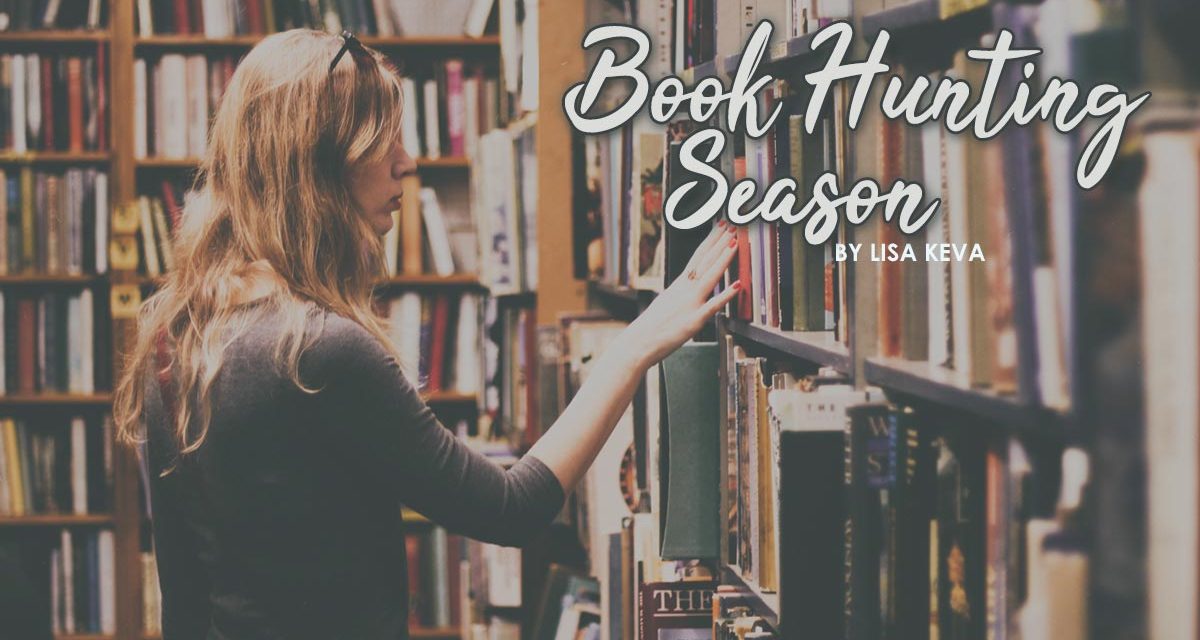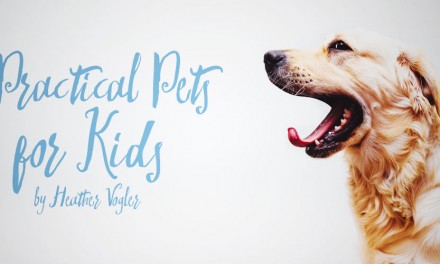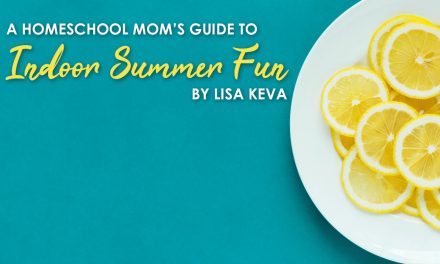It’s a homeschooler’s favorite season, book hunting season! Library book sales, garage sales, flea markets, and rummage sales all beckon. Add to that the call of grandma’s attic and basement too! What books shall we hunt? Reference books, old magazines, and atlases of every shape and size!
But why would you want an old book when you have the virtual world at your fingertips? That’s an easy answer! Nothing can take the place of the tactile sensation of holding a physical book in your hands. A book with colorful pictures of concepts and far away places that envelop your senses and engage them like nothing the virtual world can offer. That’s why you must have books in your house and available to young minds!
If you have the physical space for it, may I suggest the following:
Colorful, glossy, magazines on cooking, crafting, traveling, and science. Nothing beats the opportunity to explore and cut out pictures of interest. Help your child develop their own book of interest that can grow with them every year.
How about an old fashioned dictionary? The bigger, the better! Not only are you helping develop vocabulary, but spelling and alphabetization with a multi-sensory approach. Using this old fashioned standard, you are also helping implant new words in their memory banks for future use. Let’s talk about alphabetizing! This skill has just about disappeared due to the use of electronics as the only source in locating definitions.
A general book of anatomy is also another good choice to have on your shelf. Bones, muscles, organs, and the amazing structure of the human body all cover to cover! Who knows, you may have a budding healthcare professional in your household!
Let’s not forget the arts! One of my favorite reference books is for art history. Not being an artistic person myself, it has gotten the most use of all our books. It’s so helpful to get a basic overview of a genre or a particular artist. The best type of art reference book has the major artists for that particular genre containing a brief bio and then a good sampling of their work. While it’s not exhaustive, it gives a feel to a time period or artist in a simplistic way. Further interests in a particular artist or genre could be followed up online. I’ve also used this particular tool in teaching co-op classes and doing a chronological study of history.
No book collection is complete without a huge science reference book! Are you thinking it takes up too much space and the kids can just look up things on the internet? While that is true, many children miss out on the spontaneous ideas they are exposed to when leafing through a book. You never know what other interests your child will find as they look up general information on animals or plants. You may birth a future physicist or geologist!
And for the icing on the cake, a set of encyclopedias. Yep! You heard correctly! These many volumed treasures contain a mode of learning from long ago. In today’s world, they serve as conversation starters both for the amount of information held in your hand and the variety. Since they are generally found for cheap, your students can peruse them without the stress or worry of messing them up! This is also a great way to introduce some critical thinking as some of the information has been changed, expanded, or been disregarded altogether. Let the youngers enjoy the glossy pages and pictures, while the olders dig through looking for errors that were once “common knowledge”. Enjoy looking through the eras! You can’t beat these topics for a great conversation!
So since it’s bookselling season, take this time to hunt great physical books for your homeschool while you look through your relatives attics, visit your local library sales, and garage sales!





